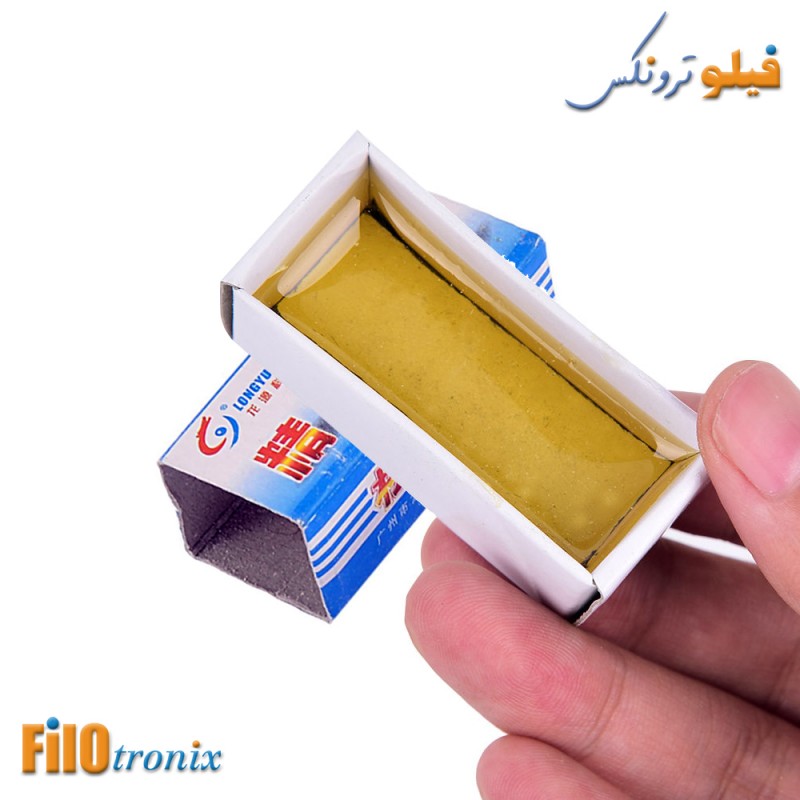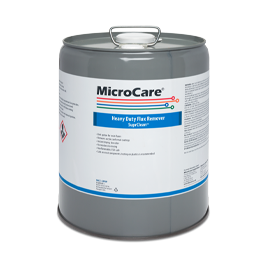
It does not need to be completely dry, but one should remove the majority of the water. After you are sure the PCB has been fully rinsed, gently shake water off of the PCB and pat it with the towel.Fully rinse the PCB once more with distilled water.Gently scrub both sides of the PCB with water using the paintbrush labeled 'Water'.Again with the PCB over the slop bucket, pour distilled water over both sides of the PCB to rinse off all the alcohol.Holding the PCB over the slop bucket, drizzle a more alcohol over it to wash off the remains from the previous scrubbing.Gently scrub the entire PCB with clean alcohol using the 'Alcohol' paintbrush.Be sure to keep the board wetted with alcohol during the process. The flux will mostly be on the solder side (bottom) of the PCB, and the whole process generally won't take much effort. Scrub the flux off of the PCB with the toothbrush, regularly dipping the brush in clean alcohol.Holding the PCB over the shallow dish (to collect drips) use the paintbrush labeled 'Alcohol' to swab the entire PCB with isopropyl alcohol.Pour some isopropyl alcohol in the small dish.Finish soldering everything to the PCB.

Clean, Dry Towel (This means no fabric softener or dryer sheet residue on the towel as well.).I use a one gallon generic dollar-store-type plastic container for this.) Tall-sided, Fairly Large Glass or Plastic Container (Known as 'slop bucket'.Shallow, Wide Glass or Plastic Dish (I use a glass pie dish.).Two Small Dishes or Glasses (Couple ounces - I use a small ramekin.Gallon of Distilled Water (Must be distilled, not simply purified water, and especially not mineral or tap water.).It won't work as well and will leave residue behind.) Bottle of 99% Isopropyl Alcohol (Do not use 'rubbing alcohol', as it is only about 70% alcohol.Two Cheap 2" Paintbrushes, one Marked 'Alcohol' and one marked 'Water' (I use the $0.50 ones from Home Depot.).Read the container and take appropriate precautions.īe sure to wash your hands with soap and water after you are done (and before eating or touching any mucus membranes) in order to get any solder dust or flux residue off. The isopropyl alcohol used is highly flammable. If they cannot, you may wish to leave those components off until the board is clean, then solder them with a solder cored with Kester 245, a no-clean flux. This process should work fine with other alcohol-soluable fluxes, too.īe sure to check that parts on the board can handle exposure to alcohol and water. It does not clean up with water, but comes off easily with alcohol.


Kester 285 is a mildly activated rosin flux which is very nice to work with, but it must be cleaned off after soldering.


 0 kommentar(er)
0 kommentar(er)
